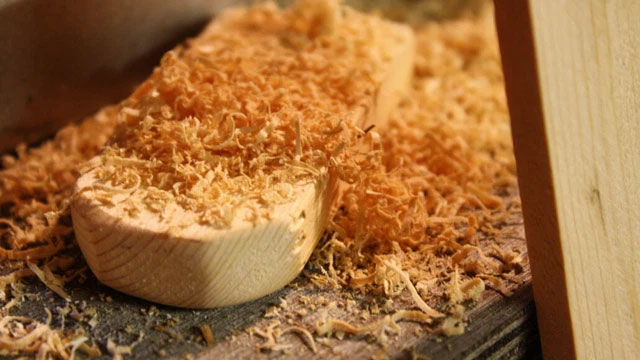A new cleaning agent made from sawdust and water can eliminate up to 99% of pathogenic microorganisms, including anthrax and certain strains of influenza viruses.
However, the overuse of cleaning agents can negatively impact the environment and the health of users. For instance, the fumes from chlorine-based cleaners can affect human health, while phenol-based cleaners (or similar chemicals) are costly to produce and energy-intensive to manufacture.

Cleaning agent made from water and sawdust can eliminate up to 99% of bacteria.
Nevertheless, the organic phenolic structures present in wood open up new possibilities. During discussions with colleagues, environmental engineer Zhang Shicheng from Fudan University in Shanghai posed the question: what if we utilized sawdust to create an environmentally friendly antibacterial compound?
By boiling a mixture of sawdust and water for one hour under high pressure and then filtering the resulting combination, the research team tested the antibacterial capabilities of the product. In their experiments, the team targeted Staphylococcus epidermidis, a skin bacterium that can cause allergies, and another target was E. coli, known for causing gastrointestinal diseases.
At certain concentrations, the cleaning agent made from water and sawdust can eliminate up to 99% of bacteria. The research findings have been published by the team of scientists in the Proceedings of the National Academy of Sciences.
In tests with anthrax-causing bacteria and influenza viruses, the team also achieved promising results. Additionally, the cleaning agent was effective against dormant pathogens that are typically difficult to eliminate with many common disinfectants.
Component analysis revealed that the environmentally friendly cleaning agent contains numerous phenol-like molecular structures. It appears that the “cooking” process of sawdust with water breaks molecular bonds in the wood, releasing phenolic molecules with antibacterial properties.
Under a microscope, the cleaning agent attacks the cell walls of E. coli and S. epidermidis. According to researcher Zhang, the new cleaning agent can damage proteins and genetic material within bacteria and viruses.


















































